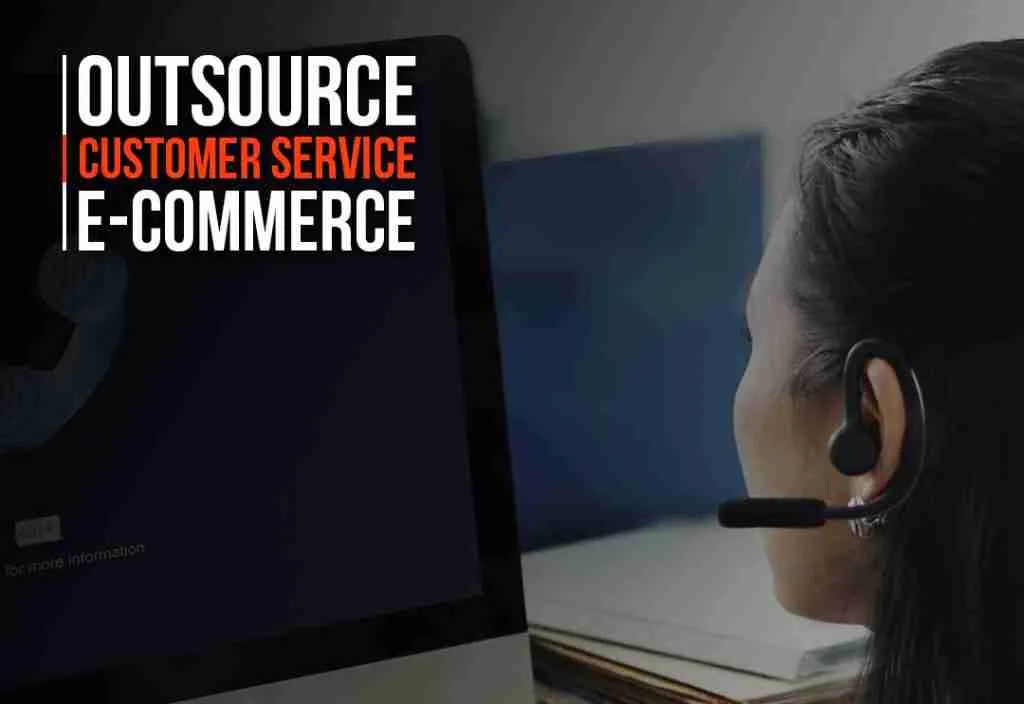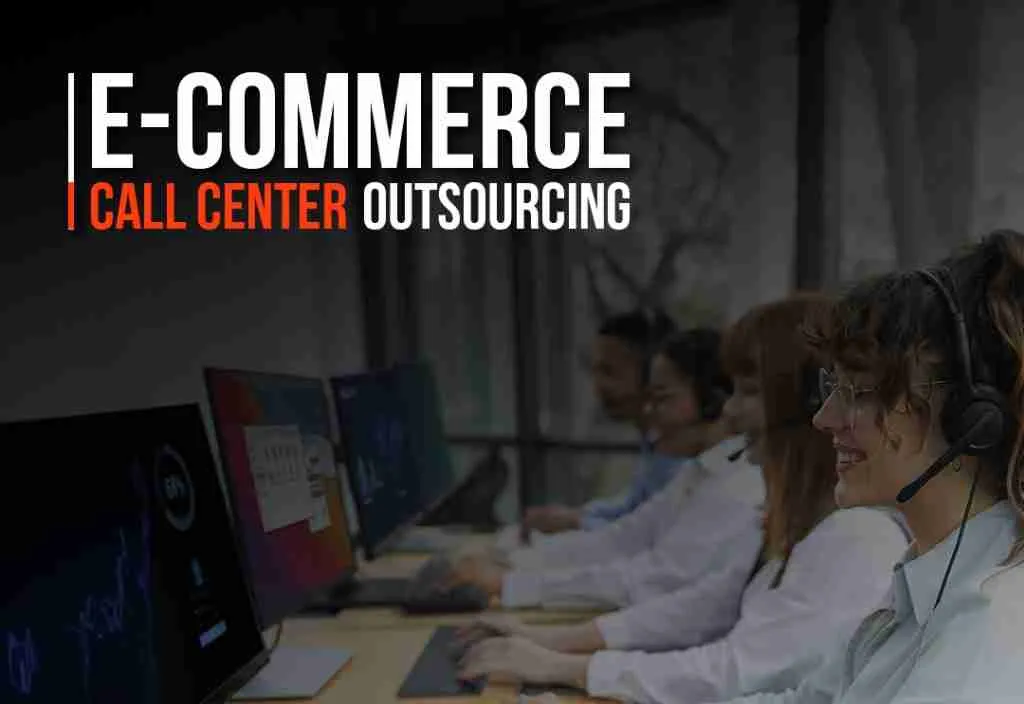Every successful business partnership begins with a strong foundation and trust, and that foundation is established through the vendor onboarding process. Whether you’re a small business scaling up or a global enterprise managing multiple suppliers, how you onboard your vendors sets the tone for trust, compliance, and long-term collaboration.
Research shows that organizations lose up to 10–20% of their savings opportunities due to inefficient vendor onboarding management processes. A structured onboarding framework not only saves costs but also streamlines procurement, improves compliance, and ensures smoother day-to-day operations.
What is Vendor Onboarding? Is it Helpful for Business?
Vendor onboarding is the structured process of gathering, verifying, and approving essential details from new vendors before they officially begin supplying goods or services.
It’s much more than paperwork; this process ensures your business partners align with your standards, policies, and long-term goals.
Think of it as welcoming a new team member, just like an employee onboarding program helps someone integrate into your company, vendor onboarding helps suppliers adapt seamlessly into your ecosystem.

Why Vendor Onboarding Process Matters for a Business? Top Reasons
A well-designed vendor onboarding management strategy leads to measurable benefits. Your business is only as strong as the partners you work with. You can have the best strategy, killer marketing, and even loyal customers, but if your vendors fail to deliver, your entire operation can stumble. Here are the top reasons why businesses prioritize it:
- It protects You From Risky Vendors: Nobody wants a vendor who looks shiny on the surface but turns into a compliance nightmare later. Without proper onboarding, you could end up dealing with expired licenses, shady financials, or suppliers who ghost you at crunch time. Onboarding is like your background check; it filters out the red flags before they cause chaos. Skipping due diligence is like inviting a stranger into your house and handing them your WiFi password.
- Keeps Compliance Tight and Auditors Happy: Regulations aren’t just rules; they’re a matter of survival. A sloppy onboarding process can lead to fines, lawsuits, or broken contracts. With a structured process, you’re not just collecting documents; you’re covering your business’s back. And let’s be honest, no one wants to play hide and seek with auditors because you misplaced a vendor’s tax form.
- Smooth Payments, No Drama: Ever dealt with a vendor who keeps nagging you about delayed payments? Nine times out of ten, it’s because their details were entered incorrectly at the start. Vendor onboarding ensures clean, verified data so payments flow like clockwork. Because if vendors aren’t getting paid right, they won’t exactly prioritize the orders. The faster you complete onboarding, the sooner they can contribute to your goals. But if you drag your feet with back-and-forth emails, missing forms, and unclear intentions.
- Speeds Up Time-to-Value: Vendors bring value from the start of delivery. The faster you complete onboarding, the sooner they can contribute to your goals. But if you drag your feet with back-and-forth emails, missing forms, and unclear instructions, don’t be surprised if your vendor relationship starts with frustration instead of collaboration.
- Builds Trust from Day One: A professional vendor onboarding process screams: “We’re serious about business.” Vendors feel confident when you have clear systems, defined expectations, and transparent communication. It sets the tone for a healthy long-term relationship instead of one filled with guesswork and finger-pointing.
- Future-Proofs Your Supply Chain: Strong onboarding isn’t just about now—it’s about the long run. With consistent documentation, monitoring, and performance tracking, you create a vendor ecosystem that’s scalable and reliable. That way, when your business grows, you’re not scrambling to fix broken vendor relationships.
Top Common Mistakes in Vendor Onboarding and How to Avoid Them
Even the best companies stumble when it comes to vendor onboarding services. A rushed process, missing documents, or lack of communication can create issues that ripple across procurement, payments, and compliance, as well as practical ways to avoid them. Here are the mistakes that you should avoid:
- Skipping Thorough Vendor Due Diligence: Many businesses accept vendors without properly vetting their financial stability, compliance records, or reputation. This can lead to hidden risks such as fraud, unreliable supply, or regulatory penalties. To avoid them, always conduct background checks, credit assessments, and compliance verifications. Also, use a structured pre-qualification questionnaire that covers certificates, licenses, and financial health.
- Collecting Incomplete or Incorrect Vendor Data: Manual data collection often yields missing information, duplicate records, or incorrect bank details. This leads to delayed payments, tax issues, and even strained relationships with vendors. To avoid these mistakes, standardize the information required during onboarding, use digital forms with mandatory fields to prevent incomplete submissions, and verify data with automated validation tools or cross-check against official databases.
- Poor Communication with Vendors: Vendors are often left in the dark about policies, timelines, or expectations. This lack of clarity leads to misunderstandings, non-compliance, and delays. To avoid these mistakes, provide vendors with a clear onboarding guide or welcome packet, host orientation calls or webinars for strategic vendors, and keep communication two-way, in short, allow vendors to ask questions and clarify doubts.
- Overlooking Compliance and Legal Requirements: Businesses sometimes rush onboarding without collecting tax forms, NDAs, or industry-specific licenses. Non-compliance exposes companies to fines, legal disputes, or operational risks.
- How to Avoid It: Maintain a compliance checklist tailored to your industry and region, integrate document expiry tracking (for insurance certificates, licenses, etc.) into your vendor management system, and involve legal and compliance teams early in the onboarding process.
- Lack of Automation: Relying entirely on manual processes slows onboarding, increases errors, and makes scaling difficult as vendor numbers grow. To avoid this mistake, implement vendor management software or onboarding portals, automate document collection, verification, and approval workflows, and use e-signature tools for contracts to speed up turnaround times.
- Ignoring Ongoing Monitoring After Onboarding: Many companies treat onboarding as a one-time task. Once a vendor is added, they stop monitoring compliance, performance, or risk exposure. To avoid these mistakes, continuously track vendor performance with KPIs like delivery time, quality, and compliance, schedule periodic audits to ensure documents and certifications remain up to date, and develop scorecards and feedback loops for long-term relationship management.
- Failing to Standardize the Onboarding Process: Without a standardized process, each department or branch might onboard vendors differently. This leads to inconsistency, inefficiency, and compliance gaps. To avoid this mistake, create a centralized vendor onboarding policy that applies across the organization, train internal teams on the steps and tools they must follow, and keep processes flexible enough to adjust for high-risk vs. low-risk vendors, but ensure consistency in core requirements.
Steps in a Successful Vendor Onboarding Process
Vendor onboarding isn’t a one-and-done checklist; it’s a flow. Each step builds trust, reduces risk, and gets your vendors rolling faster. Here’s how a smooth vendor onboarding management approach should look:
- Pre-Qualification: The First Filter: Before you even think about contracts, you need to figure out if this vendor is legit. Check their financial health, experience, references, and compliance track record. Moreover, if a vendor can’t even pass the basic “are you real and reliable?” test, why would you trust them with your supply chain?
- Document Collection & Verification: No Guesswork Allowed: Tax forms, certifications, insurance, bank details, you need it all. But here’s the kicker: don’t just collect, verify. Wrong details mean late payments, compliance issues, and a whole lot of unnecessary headaches.
- Compliance & Risk Checks: Guard Your Business: Run compliance checks, background screenings, and (if needed) cybersecurity assessments. The goal is to avoid hidden surprises that could blow up later. Think of this as checking under the hood before buying a car—you wouldn’t just take someone’s word for it.
- Contract Setup: Put It in Writing: Now comes the part where you lay down expectations. Service Level Agreements (SLAs), timelines, deliverables, and penalties all need to be written clearly. Because “but you never told me” isn’t a fun argument to have later.
- Data Integration: Get the Tech Right: Once approved, vendors should be plugged into your systems, ERP, procurement software, or vendor management platforms. Clean data upfront means smooth orders, faster payments, and fewer “who messed this up?” moments.
- Orientation & Training: Align the Playbook: For strategic vendors, don’t assume they’ll just know how your systems or policies work. Give them the rundown, guidelines, tools, and processes. It saves everyone from awkward mistakes down the road.
- Continuous Monitoring: Because Onboarding Never Truly Ends: Onboarding isn’t just about day one. Performance tracking, compliance checks, and feedback loops should be ongoing. Vendors evolve, markets change, and risks pop up; you want to stay ahead, not play catch-up.

What Are the Best Practices for the Vendor Onboarding Process?
Even if you follow the steps, the how makes or breaks the process. Here are some best practices that separate sloppy onboarding from world-class onboarding:
- Automate Wherever You Can: Manual paperwork is slow, messy, and outdated. Automated vendor onboarding services portals reduce errors and cut onboarding time by up to 50%. Plus, vendors appreciate a process that doesn’t feel like 1999.
- Standardize the Process, But Stay Flexible: Have a consistent framework so every vendor goes through the same core checks. But keep wiggle room; low-risk vendors don’t need the same level of scrutiny as mission-critical suppliers.
- Make Communication Crystal Clear: A confused vendor is an unproductive vendor. Share a welcome guide, policies, and contact points right away. And remember: communication is two-way. Let vendors ask questions instead of leaving them to guess.
- Keep Compliance Non-Negotiable: Whether it’s tax regulations, cybersecurity, or ESG requirements, compliance isn’t a “nice-to-have.” It’s a survival strategy. Cutting corners here is like ignoring the check engine light; it’s only a matter of time before it blows up.
- Track and Measure KPIs: Onboarding success isn’t a vibe, it’s measurable. Track time-to-onboard, vendor performance, and error rates. Use the data to improve the process, instead of repeating the same mistakes with every new vendor.
- Treat Onboarding as the Start of a Relationship, not a Transaction: Vendors aren’t just suppliers, they’re partners. Show professionalism and respect from day one, and you’ll build trust that pays dividends when challenges arise.
Conclusion
The vendor onboarding process isn’t just about collecting forms and checking boxes; it’s about laying the groundwork for secure, efficient, and long-term business partnerships. From risk reduction to faster payments and stronger compliance, the benefits of a structured onboarding system ripple across every department of your organization.
Businesses that take vendor onboarding seriously aren’t just avoiding problems; they’re building scalable, resilient, and trustworthy supply chains that fuel growth.
In short, smooth vendor onboarding services don’t just welcome a vendor into your system; it turn them into a partner you can actually count on. For a successful onboarding, contact the Outsourcing Buddy today.
Frequently Asked Questions (FAQs)
Question: What is the vendor onboarding process? What is it about?
Answer: The vendor onboarding management process is the structured approach businesses use to collect, verify, and approve vendor information before beginning a working relationship. It ensures compliance, accuracy, and smooth collaboration.
Question: Why are vendor onboarding services important for businesses?
Answer: It reduces risks, ensures regulatory compliance, streamlines payments, and creates trust between businesses and suppliers, making operations more efficient and reliable.
Question: How long does vendor onboarding usually take for any business?
Answer: The duration can vary depending on the complexity of requirements, but with digital automation tools, the process can be completed in days instead of weeks.
Question: What documents are typically required during onboarding?
Answer: Common documents include tax forms, business licenses, insurance certificates, bank details, and compliance certifications. Requirements may differ depending on industry and region.
Question: How can I improve the vendor onboarding process in my business?
Answer: Best practices include automating data collection, standardizing workflows, maintaining strict compliance checks, and keeping communication open and transparent with vendors.


